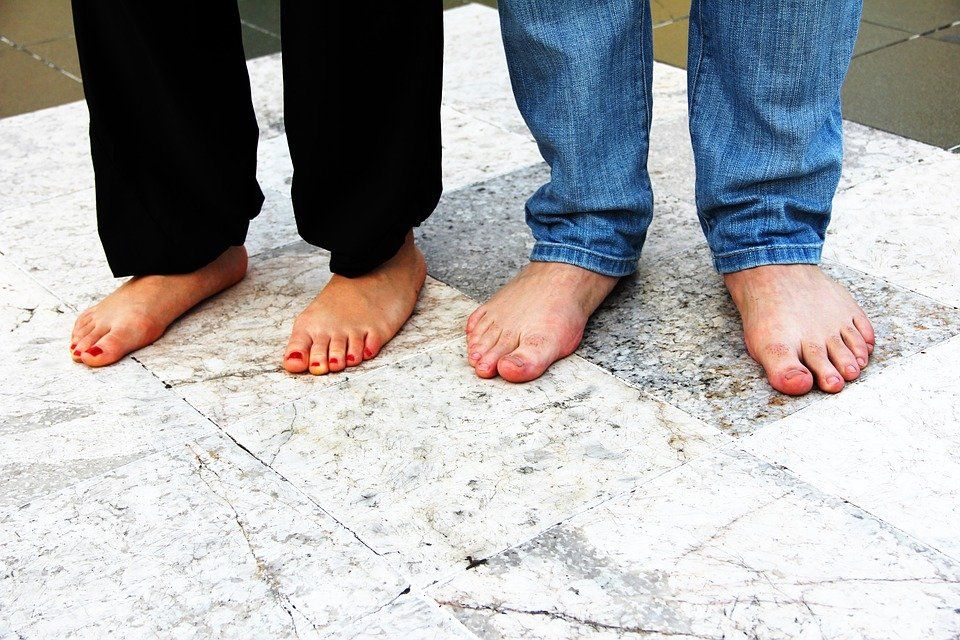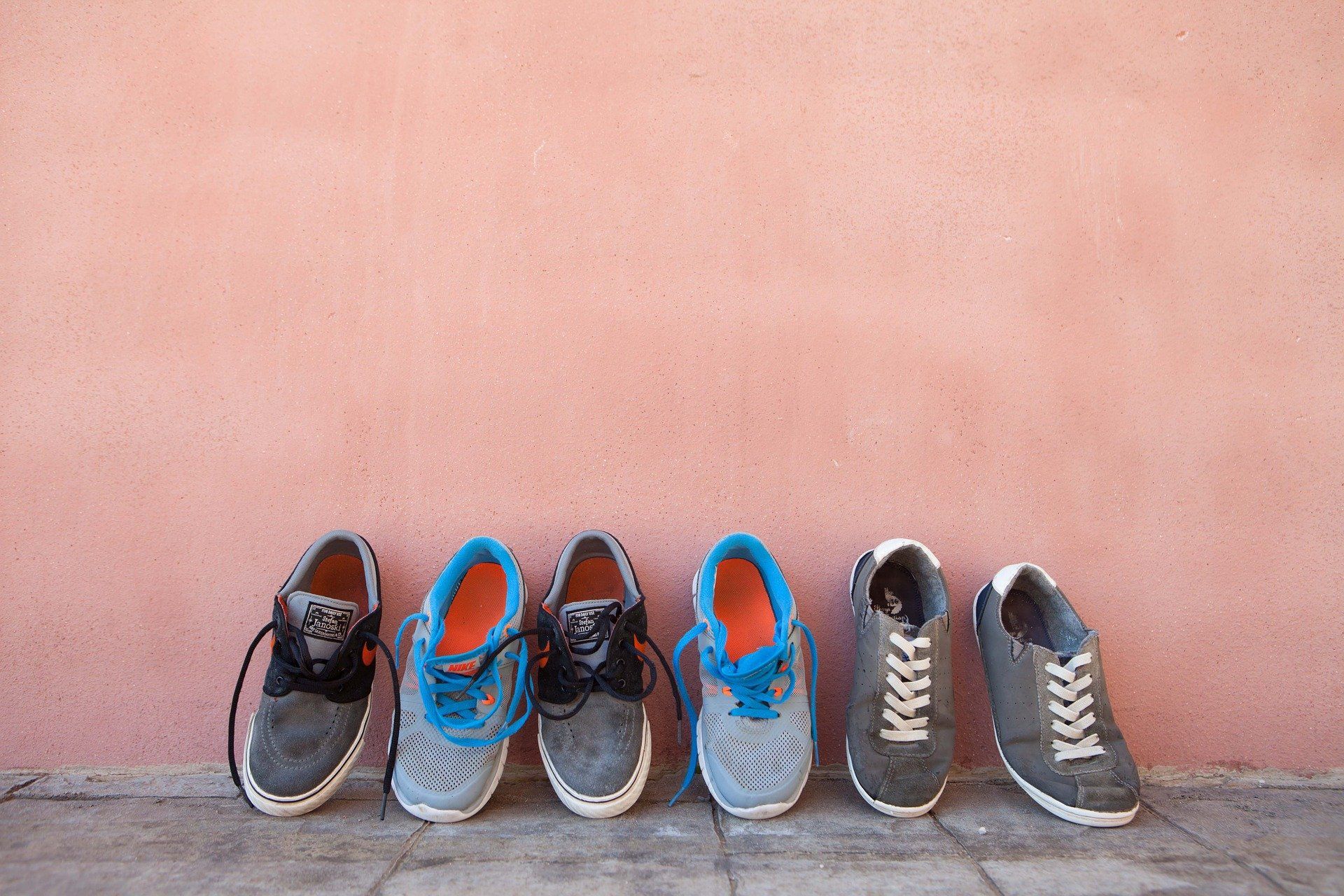Obesity - What Can You Do About It?
March 12, 2019
AUSTRALIA CONTINUES TO GET FATTER! WHAT CAN YOU DO ABOUT IT?
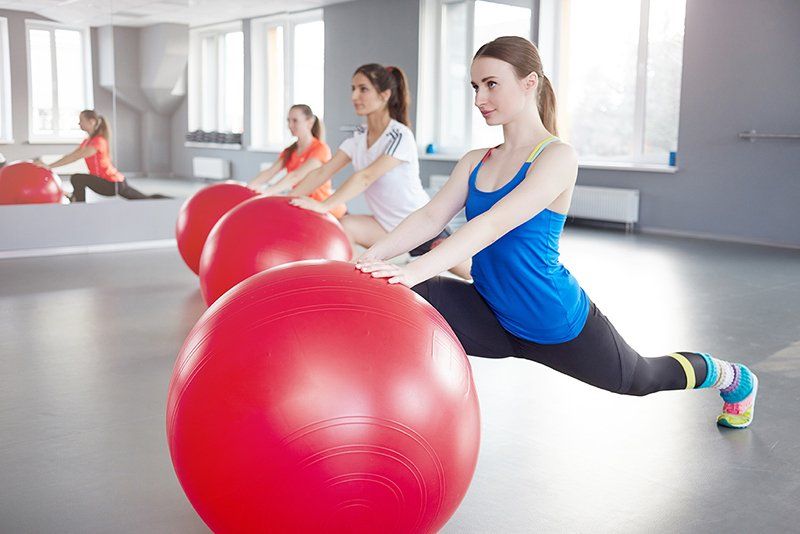
There’s no shock any more when the news tells us that Australia is getting fatter. We see it every day. Stats are thrown at us telling us how obese we actually are. But questions still wain, what is obesity, how and why did obesity become an epidemic and what can we do about it?
WHAT IS OBESITY?
Obesity is measured by your body mass index. These classifications separate overweight, obese class I, II and III and is calculated with your height and your weight. To calculate your BMI head to the Heart Foundation website:http://www.heartfoundation.org.au/healthy-eating/Pages/bmi-calculator.aspx.
The National Health performance authority published the stats last year with 10.8 million adults were either overweight or obesity, 4.7 million were considered obese in 2011-12. The percentage of adults who are overweight or obese increases with geographic remoteness. Western NSW pulling the biggest score of 79% of the adult population are overweight or obese.
HOW AND WHY DID IT BECOME AN EPIDEMIC?
Recently the finger has been firmly placed on the “McDonaldisation” of Australia. With “Junk Food” advertising increasing to $402 million in 2009. Although no one mentions the sometimes obvious,research by Simmons in 2005 which showed us that it’s not the availability of fast food but the consumption of it. It reported that those that chose not to eat the fast food had smaller waistlines, but also the waistlines are similar whether fast food was eaten less than one a month or more frequently.
In turn looking at fast food, can we point the finger at the consumption of alcohol? Obesity increasing in rural areas coincide with the highest percentage (31.4%) of adults that drank more than 2 standard drinks a day (reported by the ANHPA, 2011-12)
As an Exercise Physiologist I believe we need to look at the physical activity as well. Research out of the University of Queensland (2014) found the majority of our day (approximately 90%) is either spent sitting or doing light intensity activity. Why so much?
WHAT CAN WE DO ABOUT IT?
Everyone will soon learn my bias towards exercise, with my motto “Exercise Fixes Everything”.
Yes, the Australian government needs to step up its game with the healthy star rating system and food labelling, and yes we need to take some of the blame ourselves as we put the food in our mouths.
BUT WHAT CAN WE DO TODAY TO IMPROVE WHAT WE DID YESTERDAY?
Decrease your sedentary activity: standing while taking a phone call, do a couple of sit to stands before you sit down to watch TV.
Increase your aerobic based activity: start with 10 min walk to go get your lunch, or 15 min to put the baby to sleep rather than a drive in the car.
Start some functional based resistance training: Sit to stands, wall push ups, step ups and heel raises are easy ways to start.
Thanks for reading. What other simple ways have you used to start to increase your activity? Share your thoughts.
If you need any help with your weight management, just give us a ring for a chat!
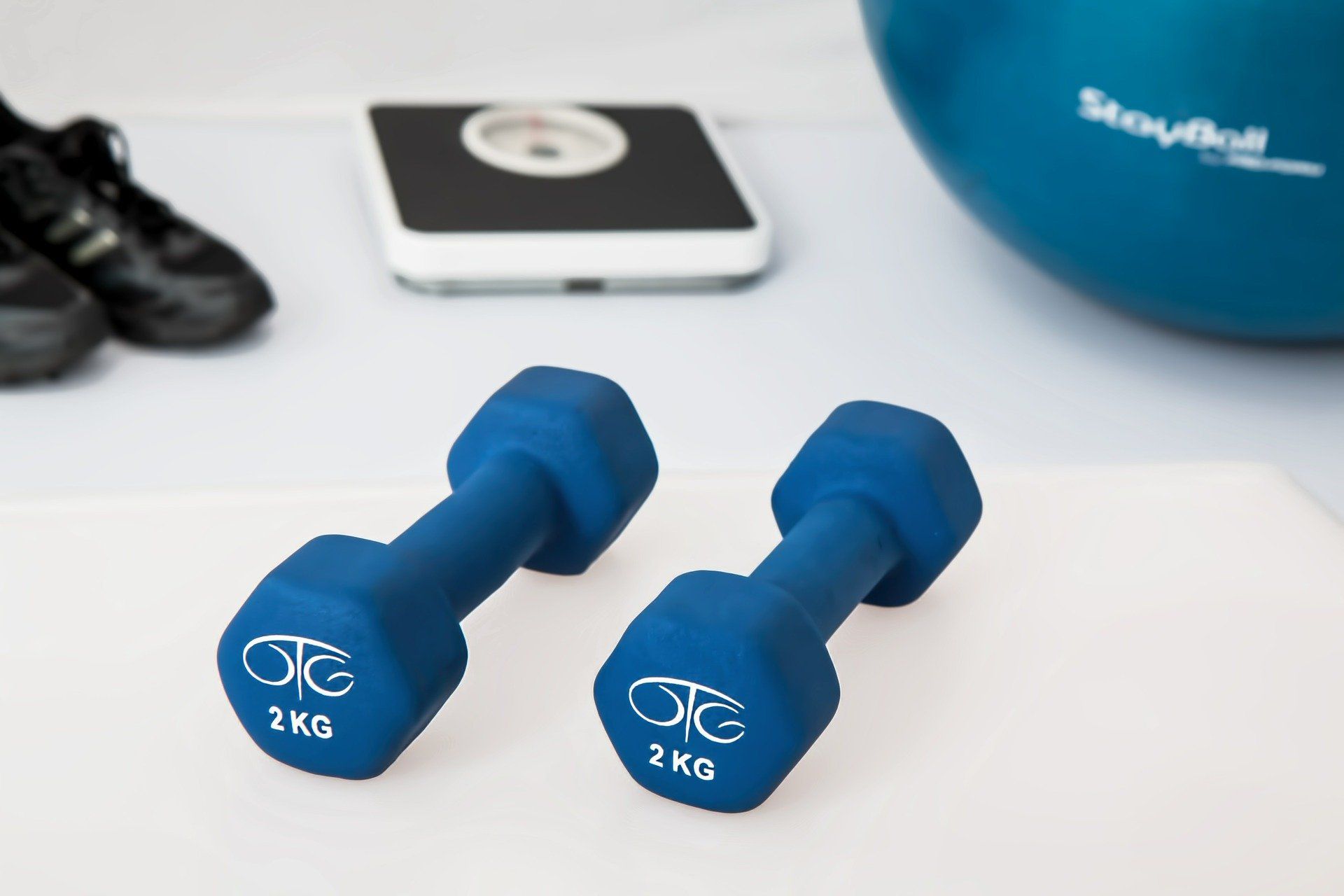
Managing your diabetes is certainly an important aspect of maintaining your health and quality of life, but your goals and interests are very important too. Exercise Physiologists are specially trained in prescribing exercise to achieve your goals and manage your health while considering all aspects of your life, come and visit one of our Exercise Physiologists to discuss the best exercise for you, your life, your goals, and your diabetes. What is Type 2 Diabetes? Type 2 Diabetes is the result of increased insulin resistance and beta-cell impairment. Your pancreas has cells, named beta-cells, that produce insulin which helps your body use and store glucose, the sugar your body gains from the carbohydrates you eat. When you eat carbohydrates, your pancreas makes and releases insulin, which helps your body use and store the glucose (usually known as ‘sugars’) that are contained in carbohydrate foods. This insulin helps your body use the glucose as energy for your brain and muscles, or store the glucose in your muscles and liver to be used later. Without insulin the glucose stays stuck in your blood, which raises blood glucose levels and reduces the amount of glucose your brain and muscles have available to use as energy. In Type 2 diabetes, two areas of this process are impacted. 1. Beta-cell death: The cells in your pancreas that make insulin are overworked and some cells can die. Usually due to years of working too hard to create enough insulin to keep up with high carbohydrate and sugar intake and/or because they were a bit weaker to begin with and became more easily overworked than usual (due to family history and genetics). 2. Insulin resistance: Your body needs more insulin than usual to get the glucose out of your blood and into cells where it can be used as energy or stored for later. This puts stress on your body to produce more insulin than it usually would and often leads to further beta-cell death. These two processes cause ongoing problems, because as your insulin resistance gets worse and you need more insulin to do the same job, your cells get more and more overworked trying to keep up with your bodies demand. How does exercise help? As you exercise your heart rate increases and pumps your blood around your body more rapidly, this increase in blood flow helps deliver the glucose in your blood to your muscles, so it is pulled out of your blood more quickly than usual. Within your muscle cells there are transporters that move the glucose from your blood into your muscle cells to be used, some of these cells are powered by insulin, but some of these transports are powered by exercise. So, as you exercise, your cells have access to both the insulin and exercise transporters to get the glucose out of your blood and into your muscles, enabling much more glucose than usual to be moved out of the blood. Once you have moved your body and muscles, your muscles need to replenish their energy supplies again. To do this, a large amount of glucose is taken out of your blood and stored in your muscles, ready for the next time exercise is completed, taking this glucose out of your blood reduces your blood glucose levels. Replenishing the glucose stores in your muscles is also beneficial for preventing weight gain because if more glucose is stored in your muscles, less if left over to be stored as body fat in your adipose tissue. As your exercise more regularly and get fitter your body becomes more efficient at storing glucose and can store much more in your muscles than previously. However, this does not increase forever, and you must continue physical activity regularly to maintain your improved ability. What type of exercise is best? To choose the best exercise for you it is important to consider all the other aspects of your life and health, because you are much more than just your diabetes diagnosis. Exercise should be focused on improving your health and wellbeing, making you feel stronger, increasing your independence and ensuring you can continue to complete all the activities you enjoy throughout your lifespan

In-toeing or pigeon-toed is a very common walking pattern in young children. As they walk their toes turn inwards ‘like a pigeon’. This type of walking is commonly seen in children between the ages of 2 years old and 7 years old. A lot of the time, in-toeing at these ages isn’t cause for concern as it can be a very normal part of your child’s development. However, this isn’t always the case. If your child is in-toeing and you notice the following: Excess tripping and/or clumsiness Fatigues very quickly Wants to be carried all the time Can’t keep up with other children their age Wears through footwear very quickly Is over the age of 7 Is excessively in-toeing and it doesn’t just look quite right We do recommend that you see a health professional. Our podiatrist can assist you with any of the above concerns you may have or if you just want to get a check up on your child’s feet, we are here to help. Contact the Toowoomba clinic today on 4632 7024 or 4662 2855 for our Dalby clinic.
